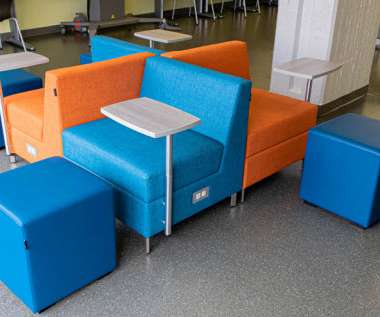Metaverse Education: What’s Next for Virtual Learning?
ViewSonic Education
NOVEMBER 28, 2022
These types of virtual platforms are part of what is known as the gamification of learning, which is the use of gaming elements to improve student engagement and overall enjoyment. The use of metaverse environments has the potential to cater to all three student engagement types — behavioral, emotional and cognitive. .















Let's personalize your content